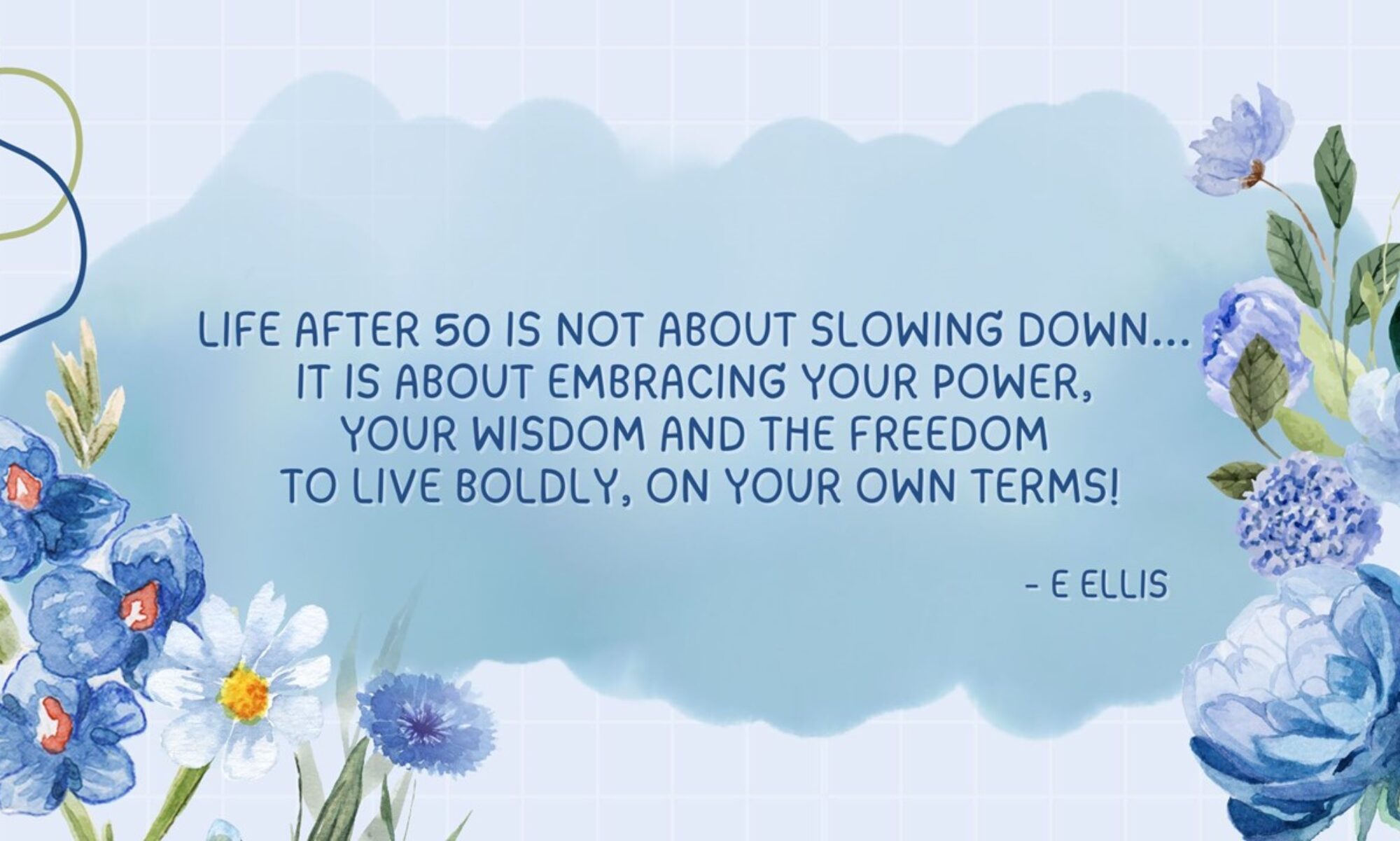It is ok to be scared. None of us are fearless and brave all the time. All that is important is that you know what fear looks like and how to deal with it when it comes.
I read an interesting article recently. It is titled “Seven things you need to know about fear. It was an article published in psychology today. I think the information shared in this article is worth sharing with you exactly as it is. According to this article, there are a few things we should know about fear:
1. Fear is a normal product of brain function.
Fear is hardwired in your brain, and for good reason: Neuroscientists have identified distinct networks that run from the depths of the limbic system all the way to the prefrontal cortex and back. When these networks are electrically or chemically stimulated, they produce fear, even in the absence of a fearful stimulus. Feeling fear is neither abnormal nor a sign of weakness: The capacity to be afraid is part of normal brain function. A lack of fear may be a sign of serious brain damage.
2. Fear comes in many shades and forms.
Fear is an inherently unpleasant experience that can range from mild to paralyzing—from anticipating the results of a medical check-up to hearing news of a deadly terrorist attack. Horrifying events can leave a permanent mark on your brain circuitry, which may require professional help. However, chronic stress, the low-intensity variety of fear expressed as free-floating anxiety, constant worry, and daily insecurity, can quietly but seriously harm your physical and mental health over time.
3. Fear is not as automatic as you think.
Fear is part instinct, partly learned, partly taught. Some fears are instinctive: Pain, for example, causes fear because of its implications for survival. Other fears are learned: We learn to be afraid of certain people, places, or situations because of negative associations and past experiences. A near-drowning incident, for example, may cause fear each time you get close to a body of water. Other fears are taught: Cultural norms often dictate whether something should be feared or not. Think, for example, about how certain social groups are feared and persecuted because of a societally-created impression that they are dangerous.
4. You don’t need to be in danger to be scared.
Fear can also be imagined, and so it can arise in the absence of something scary. Because our brains are so efficient, we begin to fear a range of stimuli that are not scary (conditioned fear) or not even present (anticipatory anxiety). We get scared because of what we imagine could happen. Some neuroscientists claim that humans are the most fearful creatures on the planet because of our ability to learn, think, and create fear in our minds. But this low-grade, objectless fear can turn into chronic anxiety about nothing specific and become debilitating.
5. The more scared you feel, the scarier things will seem.
Through a process called potentiation, your fear response is amplified if you are already in a state of fear. When you are primed for fear, even harmless events seem scary. If you are watching a documentary about venomous spiders, a tickle on your neck caused by, say, a loose thread in your sweater will startle you and make you jump out of your seat in terror. If you are afraid of flying, even the slightest turbulence will push your blood pressure through the roof of the plane. And the more worried you are about your job security, the more you will sweat it when your boss calls you in for even an uneventful meeting.
6. Fear dictates the actions you take.
Actions motivated by fear fall into four types—freeze, fight, flight, or fright. Freeze means you stop what you are doing and focus on the fearful stimulus to decide what to do next (e.g., you read a memo that your company will be laying off people). Next, you choose either fight or flight. You decide whether to deal with the threat directly (tell your boss why you shouldn’t be laid off) or work around it (start looking for another job). When the fear is overwhelming, you experience fright: You neither fight nor flee; in fact, you do nothing—well, you obsess about the layoffs, ruminate, and complain, but you take no action. Being continuously in fright mode can lead to hopelessness and depression.
7. The more real the threat, the more heroic your actions are.
We react differently to real and imagined threats. Imagined threats cause paralysis. Being scared about all the bad things that may or may not happen in the future makes you worry a lot but take little action. You are stuck in a state of fear, overwhelmed but not knowing what to do. Real threats, on the other hand, cause a frenzy. When the threat is imminent and identifiable, you jump to action immediately and without flinching. This is why people are much more likely to change their eating habits after a serious health scare (e.g., a heart attack) than after just reading statistics about the hazardous effect of a diet based on fried foods.
We all have fear, imagined or real, and sometimes both. Our best course of action in a time of fearfulness and scare is to stay “in the moment”. Say present and analyze, stay hopeful, and believe that fear is something you can conquer.


